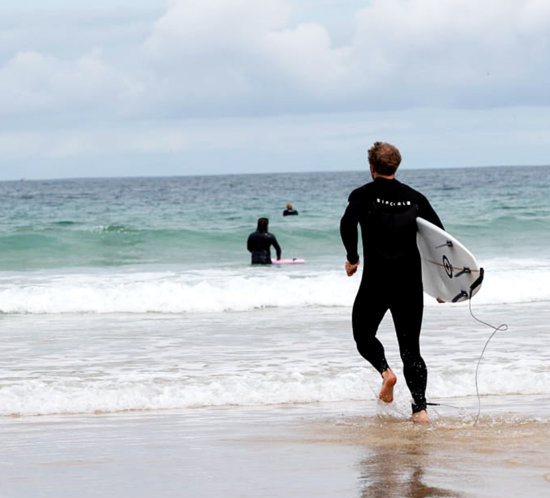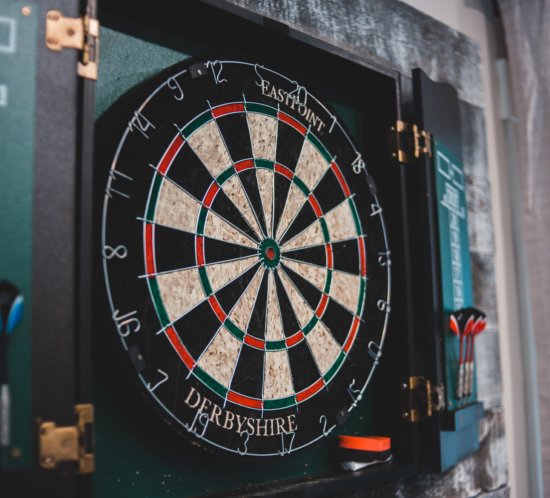The German Fitness-Trends for 2016
NEWS
Are the german fitness trends the same as the international trends? That’s what Dr. Theodor Stemper Professor at the University of Wuppertal was wondering about and therefore started the first german B-2-B-Fitness-Trend-Survey ever. This is the surprising outcome.
The ACSM had already executed a “World Wide Survey” and established the international B-2-B Fitnesstrends. To see if the identified international trends correlate with the german ones, the University of Wuppertal, in cooperation with the federations DFAV e.V. (German Fitness & Aerobic Union) and BVGSD e.V. (National Union of Healthstudios in Germany), questioned around 400 so called “Fitness-Professionals” aged 20 to 60. As “Fitness-Professionals” they included fitness coaches, gym employees or managers, personal trainers or students and teachers from the fitness & health field.
The participants were shown around 30 fitnesstrends within the survey and they had to evaluate these on a scale from 1-10. 20 out of the 30 were the from ACSM identified global trends, in addition to the five most important trends of the last three years as well as five more trends, that the team of authors determined as relevant for Germany. The participants could not only evaluate the trends, but also add their own opinion.
An outcome-overview of the german evaluation:
- Qualified guidance and healthoriented programs are the german fitnesstrends leader (ranking 1st, 2nd and 4th place)
- Trends that specifically involve working with and for your body ranked 3rd and 5th place.
- Trends like “functional fitness” (6th place) and operational health encouragement (BGM/BGF) (7th place)
- Starting from 11th place, categories were found that concentrate on soft mobility and relaxation (“Yoga” in 11th place and “flexibility- and mobilityrolls in 13th place)
- “personal training” only made the 16th place.
- Surprising: Technical assistance from “wearables” or “smartphone apps” come in the last places.
Due to the option to individually add new trends, four new, specifically german trends could be identified, that are all healthoriented fitness-trends and aren’t a part of the international ranking: Rehabilitationsports-programs (8th place), body & mind (11th place), preventive-classes (14th place) and cooperations with doctors (15th place).
Comparison to international results from ACSM
The most significant difference between the two surveys were the bad rankings of wearables. While the germans ranked “technical assistance” 18th, it finished in the 1st place in the international ranking. Furthermore, there are only two of the five leading global ACSM trends that come in the first five places in the german ranking, leaving three, that only got average ratings:
- Quality and standard of schooling for fitnesscoaches (worldwide: 5th place)
- Fitnessprograms for the elder (worldwide: 8th place)
- Weightlosstraining (worldwide: 9th place)
- Instructed groupfitness (worldwide: 11th place)
- Training with bodyweight (worldwide: 2nd place)
To sum it all up, it could be said, that the german B2B field definitely prefers high quality, healthoriented programs and highly qualified assistance in groups and personal trainings.
Source headerpicture: pixabay
You might also like
Problem displaying Facebook posts. Backup cache in use.
Click to show error
STATEMENT
For us it was very suprising that wearables weren’t so desired…. Maybe we are not ready for this trend now or wearables are not trendy enough yet?
YOU MIGHT ALSO LIKE
[plista]








